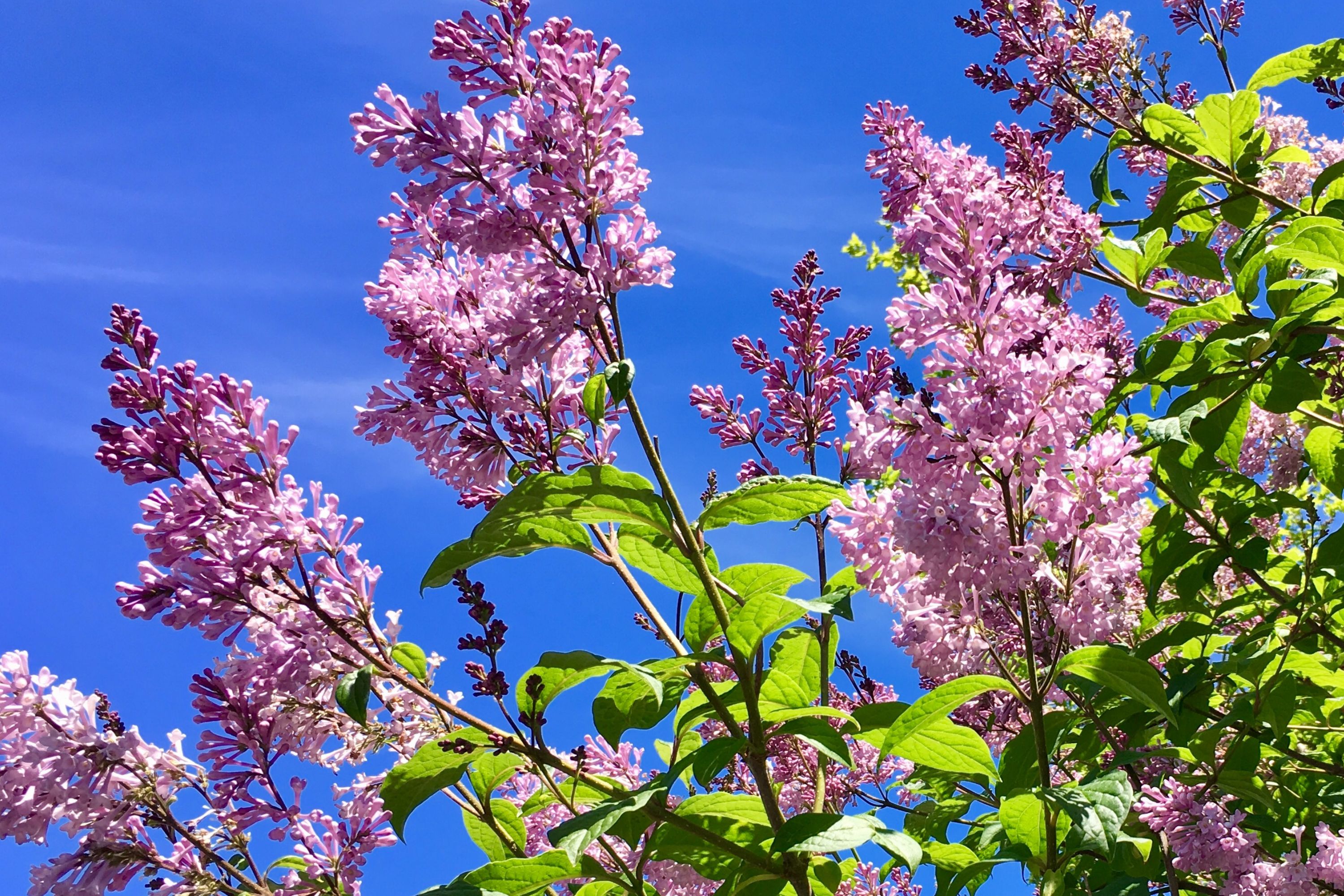Late lilac
(Syringa villosa)

Description
Syringa villosa, the villous lilac, is a shrub native to Korea, the southern part of the Russian Far East (Primorye) and northern China. There are two subspecies currently recognized (April 2014); these are regarded as separate species in Flora of China. Combining the ranges for the two taxa yields a range within China of Hebei, Shanxi, Heilongjiang, Jilin, and Liaoning. Syringa villosa is a shrub up to 4 m tall, with red, white, pink or purple flowers. Syringa (lilac) is a genus of 12 currently recognized species of flowering woody plants in the olive family (Oleaceae), native to woodland and scrub from southeastern Europe to eastern Asia, and widely and commonly cultivated in temperate areas elsewhere. The genus is most closely related to Ligustrum (privet), classified with it in Oleaceae tribus Oleeae subtribus Ligustrinae. Lilacs are used as food plants by the larvae of some moth species, including copper underwing, scalloped oak and Svensson's copper underwing. They are small trees, ranging in size from 2 to 10 metres (6 ft 7 in to 32 ft 10 in) tall, with stems up to 20 to 30 centimetres (7.9 to 11.8 in) diameter. The leaves are opposite (occasionally in whorls of three) in arrangement, and their shape is simple and heart-shaped to broad lanceolate in most species, but pinnate in a few species (e.g. S. protolaciniata, S. pinnatifolia). The flowers are produced in spring, each flower being 5 to 10 millimetres (0.20 to 0.39 in) in diameter with a four-lobed corolla, the corolla tube narrow, 5 to 20 millimetres (0.20 to 0.79 in) long; they are monoecious, with fertile stamens and stigma in each flower. The usual flower colour is a shade of purple (often a light purple or lilac), but white, pale yellow and pink, and even a dark burgundy color are also found. The flowers grow in large panicles, and in several species have a strong fragrance. Flowering varies between mid spring to early summer, depending on the species. The fruit is a dry, brown capsule, splitting in two at maturity to release the two winged seeds. The genus Syringa was first formally described in 1753 by Carl Linnaeus and the description was published in Species Plantarum. The genus name Syringa is derived from Ancient Greek word syrinx meaning "pipe" or "tube" and refers to the hollow branches of S. vulgaris.
Taxonomic tree:







